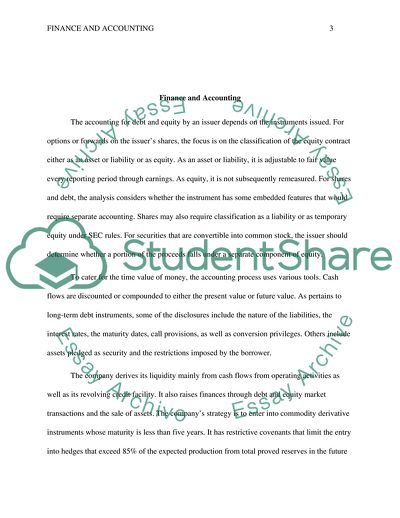Cite this document
(Financial Reporting Coursework Example | Topics and Well Written Essays - 2500 words, n.d.)
Financial Reporting Coursework Example | Topics and Well Written Essays - 2500 words. https://studentshare.org/finance-accounting/1858799-financial-reporting
Financial Reporting Coursework Example | Topics and Well Written Essays - 2500 words. https://studentshare.org/finance-accounting/1858799-financial-reporting
(Financial Reporting Coursework Example | Topics and Well Written Essays - 2500 Words)
Financial Reporting Coursework Example | Topics and Well Written Essays - 2500 Words. https://studentshare.org/finance-accounting/1858799-financial-reporting.
Financial Reporting Coursework Example | Topics and Well Written Essays - 2500 Words. https://studentshare.org/finance-accounting/1858799-financial-reporting.
“Financial Reporting Coursework Example | Topics and Well Written Essays - 2500 Words”. https://studentshare.org/finance-accounting/1858799-financial-reporting.


